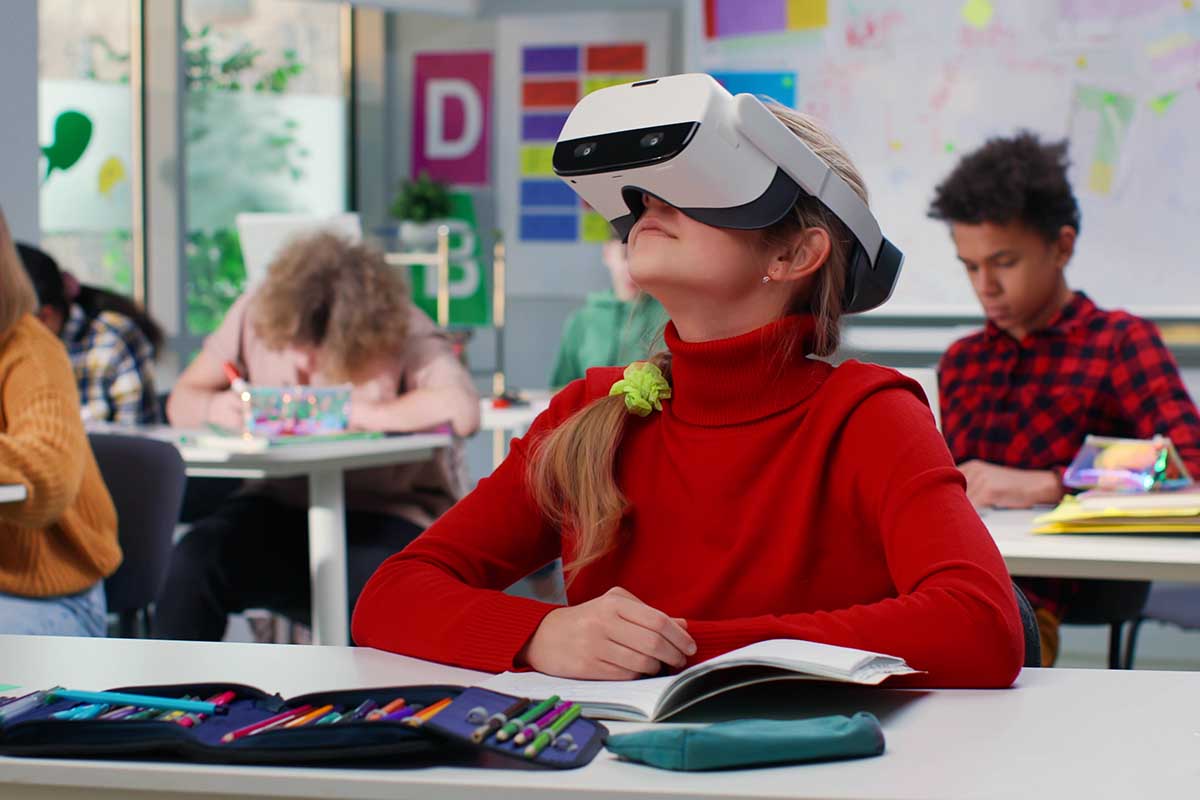Implement Games and Simulations in the Education Process
Have you ever struggled remembering simple facts about a topic but can recall everything from a game? It’s because some people learn better in visual ways. And no, it is not a new thing in schools to have some children learn better when it is presented as a picture or an activity. People have different ways of processing information and recollection.
This article will show you ways of including games and simulations in learning. It could be for your career as a teacher or yourself if you struggle with reading written forms.
Also, if you have found yourself asking, “Can I pay someone to do my chemistry homework?” Well, yes, there are plenty of places to get an expert to do your work and send a great sample paper to you.
So, now, let’s start.
Define the Purpose of the Games
First, you need to define why you need the games.
- Is it to learn how to demonstrate learned skills? Or maybe, you don’t recall much because nothing gets memorized in your brain?
- Is it for enrichment of already learned content, and do you want to see how it can be presented differently?
- Or is it to learn how what you have learned shows up in real-life issues?
Once you know what the game serves, you can find ones that fit your needs.
Play Different Games
Once you know what you are looking for, play several games to see if any align with your goals. Especially if you are a teacher, the goal should be to educate, add value and boost memory.
The game should offer excellent intuitiveness so that it appears real-life, have great controls in case you need to go back to reteach a concept, and have enough content levels to address each child’s learning styles and ability.
Ensure It Meets Expectations
As an educator, the parents are usually involved in everything their children get into. Once you pitch the idea for a game-based learning experience, they will have expectations of what their children will achieve.
So inform the parents ahead of scheduled lessons, and invite them to participate in constructive ways. You want the children to be free enough to include their parents. Also, if the parents are unaware of your lesson plans that include games, they will have little understanding and will think the games do not have educational value to their children. You might go a step further and include contact details for parents to address their questions to you.
Dedicate Time for Consistent Play
If you only allow the students to play sporadically, they might not benefit from game-based learning. The time is up to you as long as it covers enough to give progressive results later on. If you have enough devices for every student, dedicate time for a one-to-one learning experience. If you do not have access to enough devices, dedicate more time to allow every student to benefit from the games.
Assess progress throughout the play
Throughout the game, collect data on trouble spots and progress. You can do this by looking at in-game reports that some games offer at the end of each level or module. Some simulations also offer quizzes at the end to test aptitudes.
If these in-game reports are not available, you can ask the students to provide their own results and remarks. You can create a Google sheet or something like that so that the students can fill in their findings and any questions they had. These will allow you to find out how well each student is progressing and what needs improvement.
Implement Games and Simulations in the Education Process: Summing Up
With the tips and steps above, you should enjoy the success of introducing games in your class. Students would quickly identify their favorite games and work toward meeting learning goals.




















